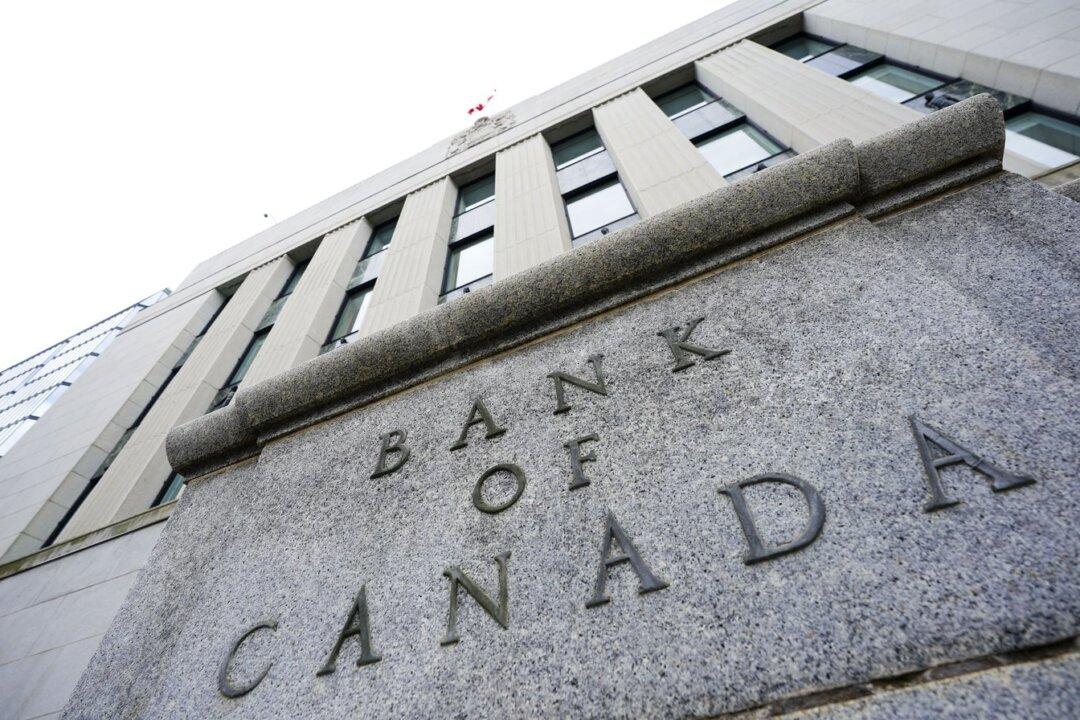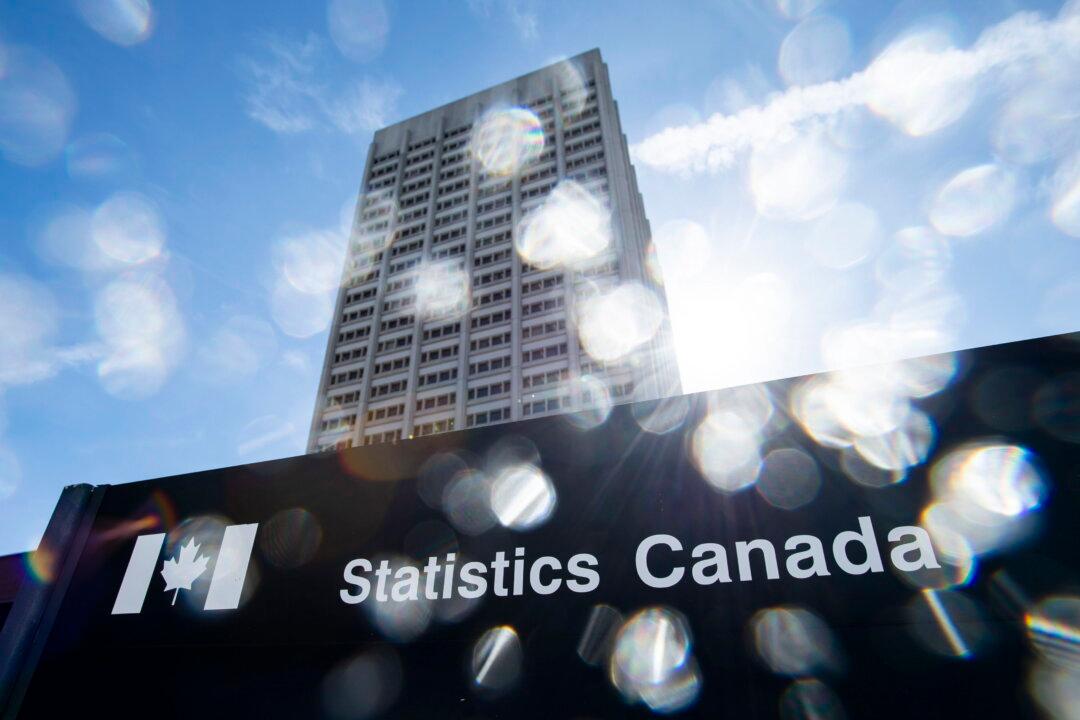Standards of living have dropped steadily in Canada since 2019 and, without a turnaround this year, the country is set for the longest streak of deterioration in decades, according to a new study.
The study published by the Fraser Institute, says Canada’s real gross domestic product (GDP) per person, an inflation-adjusted measure of the goods and services produced by the nation per individual, dropped 3 percent between April 2019 and the end of last year, from $59,905 to $58,111. The institute uses the statistic as a metric for incomes and therefore standards of living.





